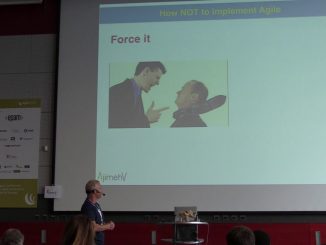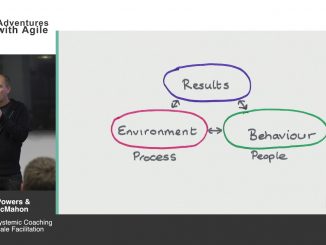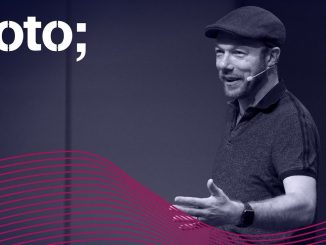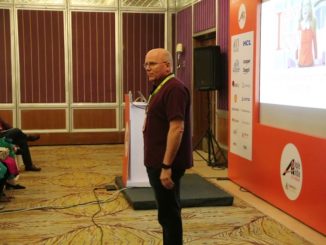Videos on Scrum and Agile Project Management
More asking, less telling. As an agile leader, you can adopt the approach of humble enquiry to build relationships, increase trust and collaboration, and deal with the challenges of organizational transformations for your Scrum team.
This customer focus listening workshop covers the basics of customer development: interview, building questions and adopting your customers’ language. You will learn: * How to get insight out of 90 seconds, stakeholder, customer or annoying boss * Basics of interview technique (open versus closed questions etc) * Cognitive Biases * Aspirational versus Experience driven Stories (stopping your customers lying to you)
Whether you are implementing Agile in a small company or a large company, one team or numerous teams, there are several best practices that boost not only the speed of the implementation and not only its quality but also the most important key factor, the ability to stick for a long time and basically to create the right new DNA. This presentation describes the common mistakes that are usually done when adopting Agile and Scrum and how to avoid them.
Many organizations find they have hit a wall in their Agile transformation. Something is still missing: the culture has not changed, leaders do not yet fully understand their full Agile role, the structure is not aligned around value streams, teams find major obstacles to doing, and being, Agile. The causes of these dilemmas are not simple; if they were, you would have solved them by now.
Learn how to promote self-organization in Scrum through systemic coaching and large-scale facilitation. Systemic coaching is a methodically guided self-reflection to consider systemic contexts of a concern from different perspectives.
Agile development starts with small Scrum teams tackling small problems. After some initial successes the organization gets more ambitious, and tries to scale Agile, getting more teams tackling bigger problems. At some point these endeavors run headlong into finance and governance structures from a different era, designed with huge projects in mind, and it usually doesn’t end well.
For decades, product development has been focused mostly on the speed and efficiency of delivery. So now we are stuck in the quagmire of talking about the methods and activities of delivery rather than focusing on the actual goal – delivering high value to the customer.








